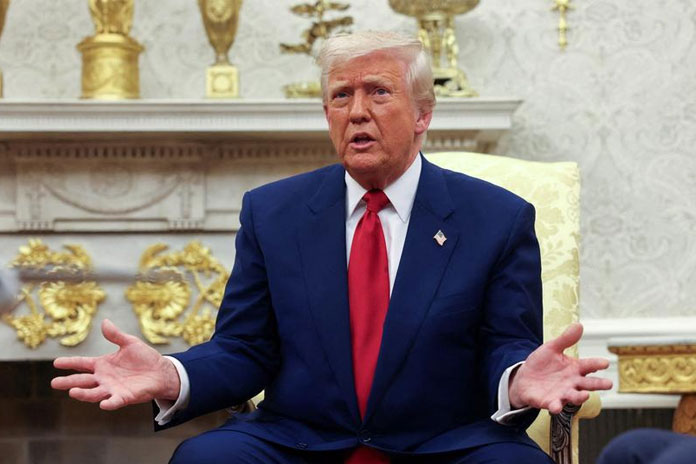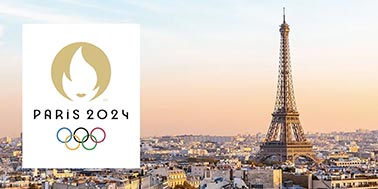In a significant move, US President Donald Trump announced on a 90 day ‘pause’ on higher reciprocal tariffs for all countries except for China, slapping the world’s second largest economy with a 125% tariffs. While the new base tariff of 10% will still apply to all countries, Trump’s sudden announcement has changed financial market equations worldwide and pulled the world back just in time from the brink of a deepening abyss.
His sudden backtracking came less than 24 hours after sharp new tariffs kicked in on imports from multiple trade partners.
Trump said he was “authorising a 90-day pause as part of his tariff plan, but was also raising the tariff rate for China to 125%”, effective immediately.
It is important to distinguish the ’90-day pause on higher tariffs’ from the 10% baseline tariff which the US imposed on all nations last Saturday. This effectively means that India, which was initially charged a 26% tariff will now be charged a 10% tariff, a reduction of 16%. The 10% tariff would still be an increase from the previously charged tariff by the US government.
Posting on Truth Social, Trump stated “based on the lack of respect that China has shown to the World’s Markets, I am hereby raising the Tariff charged to China by the United States of America to 125%, effective immediately. At some point, hopefully in the near future, China will realize that the days of ripping off the U.S.A., and other Countries, is no longer sustainable or acceptable.”
“Conversely, and based on the fact that more than 75 Countries have called Representatives of the United States, including the Departments of Commerce, Treasury, and the USTR, to negotiate a solution to the subjects being discussed relative to Trade, Trade Barriers, Tariffs, Currency Manipulation, and Non Monetary Tariffs, and that these Countries have not, at my strong suggestion, retaliated in any way, shape, or form against the United States, I have authorised a 90 day PAUSE, and a substantially lowered Reciprocal Tariff during this period, of 10%, also effective immediately. Thank you for your attention to this matter!” his post read.
Following Trump’s big announcement, Treasury Secretary Scott Bessent said that the pause was aimed at giving trade partners time to negotiate, and insisted that it was not because of market reactions.
Bessent informed journalists that Trump was suspending his so-called ‘reciprocal’ tariffs on the majority of the nation’s primary trading partners. However, he is still enforcing a 10% tariff on nearly all imports worldwide. In contrast, tariffs on imports from China would dramatically increase to 125% “effective immediately,” as Trump declared via social media.
Bessent had previously said it could take months to strike deals with countries on tariff rates. He said there has been an “overwhelming” response by “the countries who want to come and sit at the table rather than escalate.” Bessent mentioned Japan, South Korea, and India, an AP report said.
To many analysts, Trump’s about-turn looked like a last-ditch effort to shift what had been an increasingly frightening all-out, full-on trade war, involving the US and multiple countries, focusing it entirely on China.
Following this announcement, global markets surged and bond yields fell from earlier highs. It may be noted here that Trump’s tariffs have hammered markets, upped the chances of recession and invited retaliatory responses from China and the European Union.
The White House subsequently announced on X a “90-day pause & lowered 10% reciprocal tariff for other countries”
Key points to note in Trump’s U-turn:
- The announcement came after the global economy appeared to be in open rebellion against Trump’s tariffs.
- Trump’s sudden move was seen an attempt to narrow the scope of the unprecedented trade war.
- The precise details of Trump’s plans to ease tariffs on non-China trade partners were not immediately clear.
- Business executives were warning of a potential recession caused by his policies.
- White House press secretary Karoline Leavitt said the walk back was part of some grand negotiating strategy by Trump. However, analysts observed that market pressures were building up for weeks ahead of Trump’s move. Particularly worrisome was that US government debt had lost some of its luster with investors. What’s not yet known is what Trump does with the rest of his tariff agenda. In a Tuesday night speech, he said taxes on imported drugs (pharmaceuticals) would happen soon, which would significantly impact India.
(with agency inputs)










